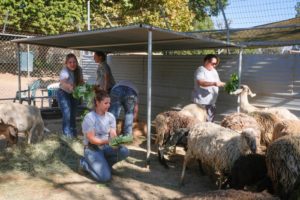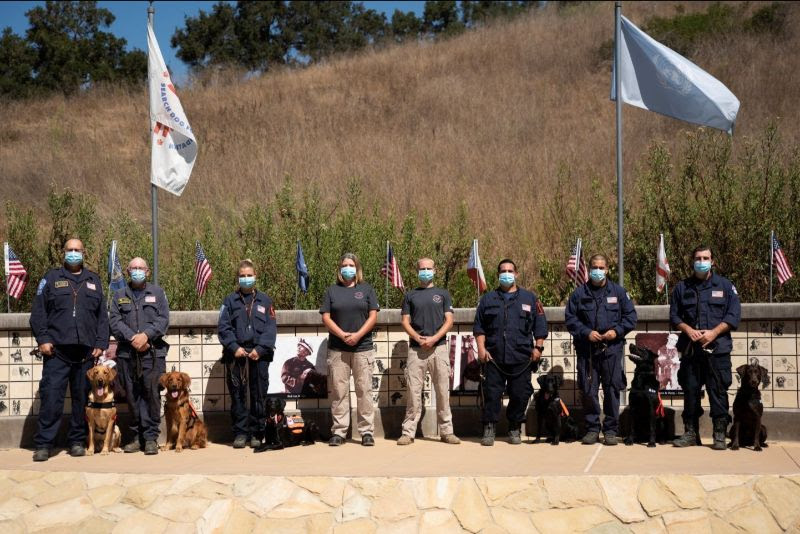 ∙Counterfeit Pet King Brands Zymox products were recently sold on Amazon, Pet King Brands officials reported. Amazon officials are notifying consumers about the counterfeit products, which were not manufactured by Pet King Brands nor supplied directly to Amazon by Pet King Brands.
∙Counterfeit Pet King Brands Zymox products were recently sold on Amazon, Pet King Brands officials reported. Amazon officials are notifying consumers about the counterfeit products, which were not manufactured by Pet King Brands nor supplied directly to Amazon by Pet King Brands.
As a precautionary measure, Pet King Brands officials recommend consumers who have purchased one of the Zymox Ear products directly from Amazon and not from one of the authorized sellers on Amazon to immediately discontinue use and contact Pet King Brands with any questions regarding these products or any other Zymox products purchased directly from the Amazon storefront.
Counterfeit products that have been identified so far as being sold by Amazon include: Zymox Otic Ear Solution with 1% Hydrocortisone, 1.25 fluid ounce, Zymox Otic Plus Ear Solution with 1% Hydrocortisone, 1.25 fluid ounce and Zymox Enzymatic Ear Solution with 0.5% Hydrocortisone, 1.25 fluid ounce.
Pet King Brands was able to detect the counterfeit products through its quality and safety enforcement program, officials said.
∙ Obesity in dogs is associated with a shortened average lifespan, of up to 2.5 years in some breeds, and that more than half of all pets in the UK and US are overweight. Healthy habits should start when dogs are still puppies.
Analyzing data from two research sites in Europe and a large network of primary care veterinary hospitals across the U.S., the researchers found that dogs that developed obesity by three years of age gained weight faster than the growth standards predicted. In contrast, dogs that became underweight by three years gained weight slower than expected.
In humans, growth standards, such as those created by the World Health Organization (WHO), are used to monitor the growth of children, by comparing an individual’s pattern of growth with that of a healthy reference population. These standards can help health professionals identify growth disorders quickly and enable faster interventions. The results from this study suggests that these growth standards for dogs could be used in a similar way, helping pet owners and veterinarians track the weight of a dog and to intervene if its weight starts to creep up.
“Obesity is the major health concern facing our pets today,” says Darren Logan, Head of Research at the Waltham Petcare Science Institute. “We developed the Puppy Growth Charts to help owners and veterinarians identify when puppies might be getting off track so they can act sooner to help prevent excess weight before it causes major health problems. This tool supports a positive step towards more preventive health for our companion animals and another way we are delivering on our purpose:
∙ By Mike Wehner @MikeWehner
A new study reveals that dogs are incredibly good at forging shortcuts in areas that are unfamiliar to them. The impressive ability appears to be connected to the dogs being able to tap into their own internal compass, governed by the Earth’s magnetic field. The dogs proved to be excellent at coming up with their own routes even when they had no guidance, finding their goal without issue.
While we may think that our four-legged friends depend on us for a lot, they possess some abilities that humans could only dream of. Their sense of smell is far keener than our own, their eyesight can detect even the slightest movement, and as a new research paper reveals, they appear to be in tune with Earth’s magnetic field in a way that allows them to find shortcuts when traveling.
Dogs, it seems, have the ability to navigate toward a goal by forging new, more efficient paths than the ones they already know. This hints at an ability to sense direction and location based on an internal compass that, thus far, has gone unstudied.
As part of the research, the team tracked dogs using GPS while taking them on excursions into forested areas. By mapping the dogs’ behaviors when they ventured off on their own, the researchers came up with three types of exploring behavior.
The “tracking” behavior is characterized by the animal following the same path to return to their origin point as they took when they first ventured out. This is typically what humans do by forging a path and then using that path to find their way back without getting lost.
A different behavior, which the researchers called “scouting,” reveals that dogs can travel blindly into a wooded location, reach their turning point at which they decided to head back, and then take a completely different path to make it back to the same place they started. The researchers also observed instances of combinations of both of these techniques, with dogs tracing their route backward before breaking into a new path that was more efficient to reach their destination.
∙ Matthew R. Bailey is president of the Foundation for Biomedical Research. This piece originally ran in the Buffalo News.
After an especially good belly rub, a dog might bump its nose into its human as a way of saying thanks. Often, this snoot boop feels cold and wet. The owner might wonder: Is it normal for a dog’s nose to feel like this?
The answer is yes, it’s normal. But so is a warm nose, especially after snoozing, said Anna Bálint, a researcher who studies animal behavior at Eötvös Loránd University in Budapest, Hungary. “When a dog is asleep, their nose usually warms up, and it also dries. Then, the dog wakes up, gives its nose a lick, and it’s back to cold.”
But why are dogs’ noses cold, and could there be a benefit?
One idea is that the dog’s cold nose could help the furry beast regulate its body temperature. But the nose tip is so small, it’s likely unable to meaningfully contribute to a dog’s overall thermal regulation, Bálint said.
To investigate further, an international team of scientists measured the temperature of many animals’ noses, including a horse, dog and moose. By the time Bálint joined the project, the team had already learned that the nose tips, or rhinariums, of dogs and carnivorous animals are usually cooler than those of herbivores. Perhaps, a cooler nose tip could be an advantage in the wild, the researchers thought.
The team conducted two experiments — one looking at behavior and another at the brain — to see whether a cold rhinarium could make for better heat detection. In the first experiment, the team successfully trained three pet dogs to choose a warmer object, about the same temperature as potential prey, over an object at room temperature. The results indicated that dogs can detect weak thermal radiation from a distance akin to hunting prey.












